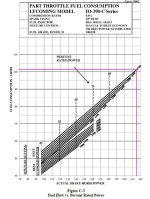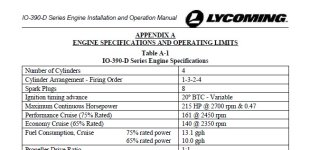A few question for those who have completed and flying a 14A with the EXP119 engine.
What did you do with the top of the gear leg fairing that exposes part of upper gear leg, if any?
What do you get for fuel pressure and oil temp?
I flew mine for the first time today and noticed that fuel pressure was lower than the standard 390 or 360. I am getting about 22 PSI and at full power which the fuel flow is at about 19GPH, the fuel pressure is at 19PSI. The engine ran without any issues but I was surprise to see lower fuel pressure. The boost pump only increased the pressure by about 1PSI.
Thanks in advance
What did you do with the top of the gear leg fairing that exposes part of upper gear leg, if any?
What do you get for fuel pressure and oil temp?
I flew mine for the first time today and noticed that fuel pressure was lower than the standard 390 or 360. I am getting about 22 PSI and at full power which the fuel flow is at about 19GPH, the fuel pressure is at 19PSI. The engine ran without any issues but I was surprise to see lower fuel pressure. The boost pump only increased the pressure by about 1PSI.
Thanks in advance







